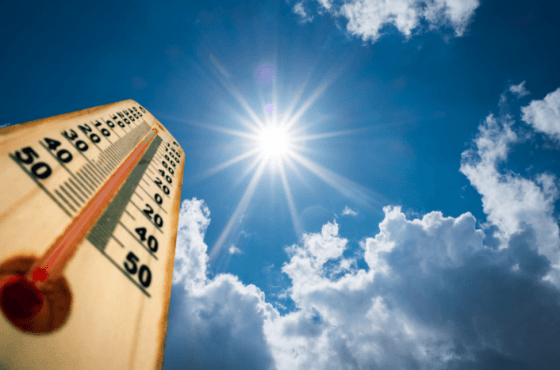Heat Illness Prevention
Symptoms of heat illness can vary from person to person, presenting at different times and in different ways. It’s critical to identify the many signs and understand their health implications; if left untreated, they can cause lasting damage. Ranging from minor symptoms, such as prickly heat/rash, to cramps and heatstroke — heat illness can be a life-threatening medical condition. The most common symptoms – headache, nausea, vomiting and cramps – can indicate both the most and least severe forms of heat illness, making it difficult to distinguish between them.
Heatstroke – the most severe form of heat illness:
- Throbbing headache
- Dizziness
- Nausea or vomiting
- Confusion or staggering
- Rapid pulse
- Rapid, shallow breathing
- Unconsciousness
- Red, hot and dry skin with no sweat
- Body temperature above 103 F
Heat exhaustion – a milder form of heatstroke:
- Headache
- Dizziness
- Nausea, vomiting or diarrhea
- Confusion
- Rapid pulse
- Fatigue
- Heavy sweating
- Paleness
- Muscle cramps
Heat cramps – muscle spasms that are:
- Painful
- Brief
- Involuntary
- The result of sweat reducing salt and fluids in the body
Sunburn:
- Red, painful skin
- Blistering
- Swelling
- Fever
If any of these symptoms are present, it’s imperative workers take a break (out of the heat) and drink plenty of water or electrolyte replacements. In the event of seizure or if the person is acting confused or disoriented, emergency medical services should be contacted immediately as this is likely heat stroke. This condition needs to be treated as a true medical emergency requiring immediate professional medical attention. If not treated rapidly, heat stroke can lead to death.
Tips for staying safe in high temps:
- Learn the signs and symptoms of heat-induced illnesses and what to do in the event of an emergency.
- Perform the heaviest work in the coolest part of the day and slow the pace of work.
- Drink plenty of cool water (one small cup every 15 to 20 minutes).
- Take frequent short breaks in cool shaded areas.
- Avoid eating large meals before working in hot environments.
- Avoid caffeine and alcoholic beverages, which make the body lose water.
- Dress in light-colored, lightweight clothing.

Share this resource:
URL coppied to clipboard.
Or send it directly to someone via our email form:


